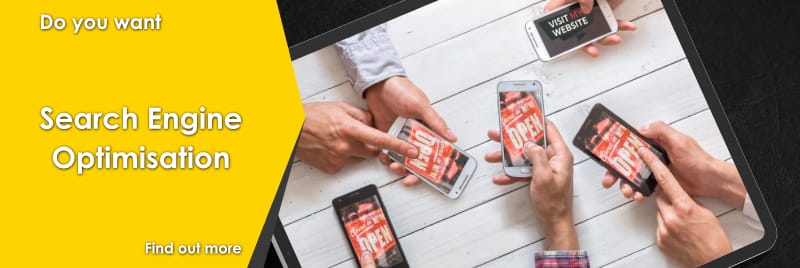Which Marketing Channel Has the Lowest Cost Per Lead
by Christina
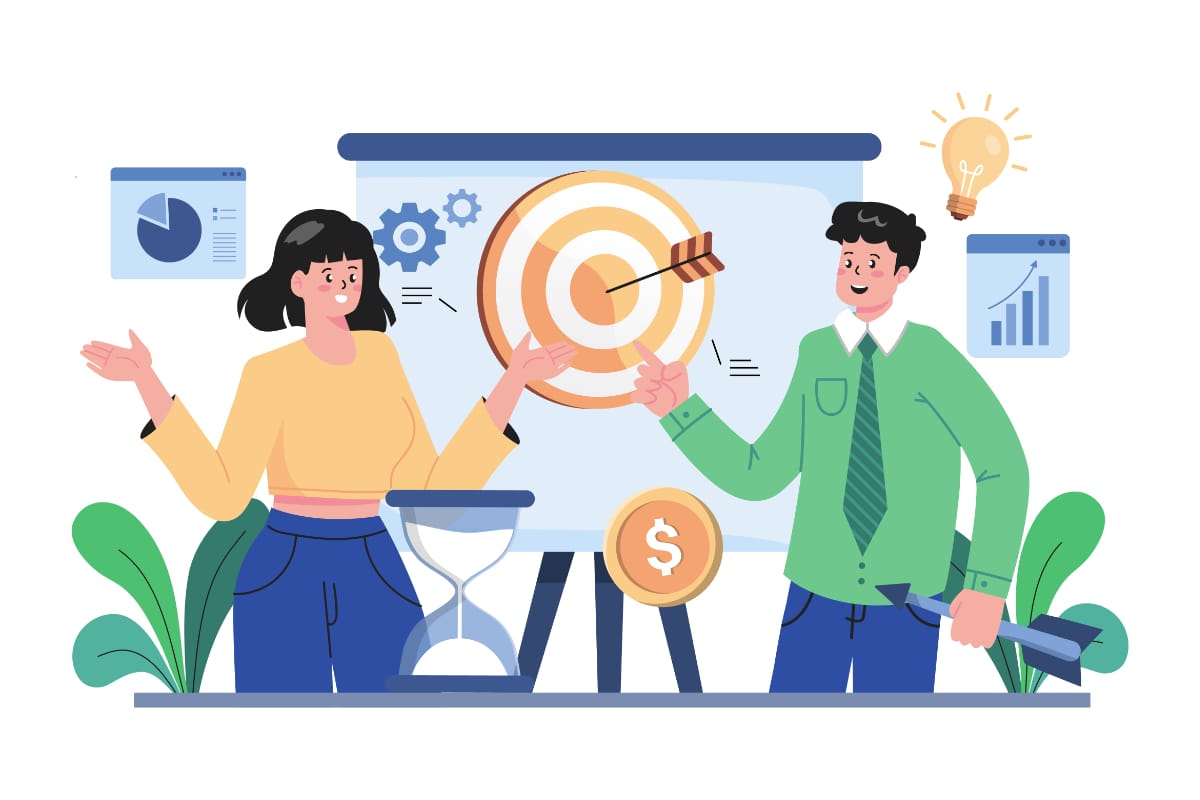
Email marketing and organic search (SEO) generally offer the lowest cost per lead, while referral marketing can also be very cost-effective. Content marketing, when executed well, can also be a high-value, low-cost strategy.
Getting to grips with how your marketing spend translates into actual business growth can feel a bit like learning a new language. But don't worry, we're here to make it clear and straightforward!
Ever wonder if you're spending more to get customers than you're actually making from them? If so, you're not alone! This is a common challenge for many businesses, and it highlights a crucial concept: understanding your Cost Per Acquisition (CPA) and Cost Per Lead (CPL).
In simple terms, if your CPA (how much it costs to get one customer) is higher than the total amount of money that customer brings into your business over time (their Customer Lifetime Value, or CLTV), then your marketing efforts might be losing you money in the long run. This isn't sustainable and can lead to lost revenue.
Many business owners get caught up tracking things like clicks, views, and impressions, thinking these are the most important measures of success. While these metrics can give you some insight, they don't tell the full story. The truth is, tracking your cost per lead for each marketing channel is the most effective way to measure your marketing's return on investment (ROI). It helps you see exactly where your money is best spent.
By understanding which marketing channels give you the most bang for your buck - meaning they have a low cost per lead or acquisition while still bringing in great results - you can make smarter decisions about your budget. This kind of data-driven approach helps you avoid overspending on channels that might look promising but aren't actually delivering.
In this article, we'll walk you through how to spend less per qualified lead, which will significantly improve your marketing ROI. We'll also explore which marketing channels, like SEO, tend to have the lowest CPA. So, let's dive in!
Why Cost Per Lead is the Most Important Metric for Measuring ROI
No matter what kind of marketing you're doing - whether it's Search Engine Optimisation (SEO), Pay-Per-Click (PPC) ads, or digital PR - you need a way to measure if your efforts are actually paying off. It's essential to know if you're making more money than you're spending. If you don't keep an eye on these numbers, you won't know if your marketing is helping your business thrive or if it's costing you more than it should.
The key is knowing which numbers truly matter for reaching your goals. A common mistake for beginners is focusing too much on "engagement" metrics, thinking they directly show ROI when they often don't.
The Hidden Cost of "Cheap" Clicks
Cost-Per-Click (CPC) is a perfect example of a metric that can be misleading. CPC measures how much you pay each time someone clicks on one of your paid ads. The false assumption is that if you target popular keywords with low CPC, you'll see great results. After all, if a keyword is popular and you're not paying much for each click, that should lead to positive outcomes, right?
The problem is that a click doesn't guarantee a sale. CPC alone can't tell you how many clicks actually turn into customers. For instance, imagine a website with slow loading times using paid ads. Even if they target popular keywords with a super low CPC, they probably won't get many sales because most people won't wait for a slow website to load. Yet, if they only looked at CPC, they'd think everything was going perfectly!
The same goes for organic clicks and impressions (how many times your content is seen). Just because someone clicks or sees your content doesn't mean they'll become a customer.
This is why Cost Per Lead (CPL) and Cost Per Acquisition (CPA) are the ultimate metrics for measuring your marketing ROI. They literally tell you how much money it costs your business to generate a single potential customer (a lead) or to gain a new customer. This is exactly the information you need to understand how successful any marketing campaign truly is.
How to Calculate Your CPL and CPA
Even if you're not a fan of maths, the formulas for calculating CPL and CPA are really simple:
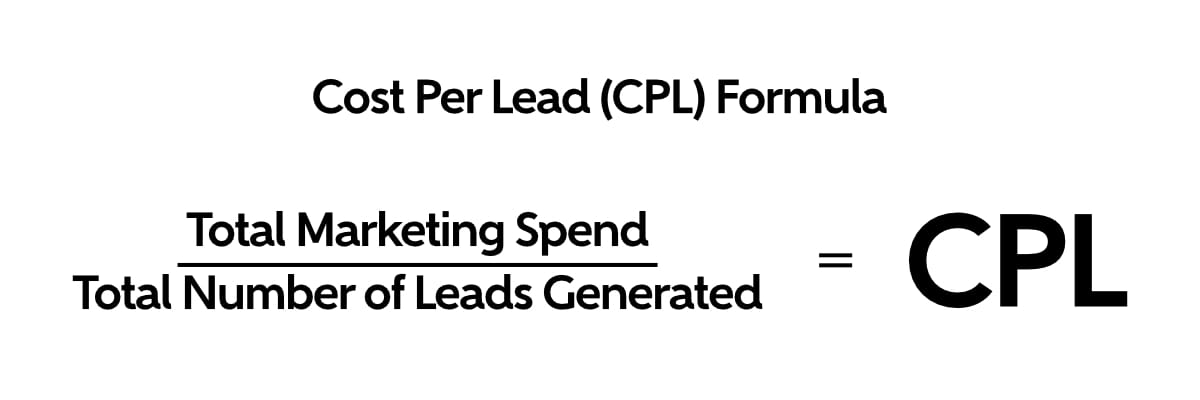
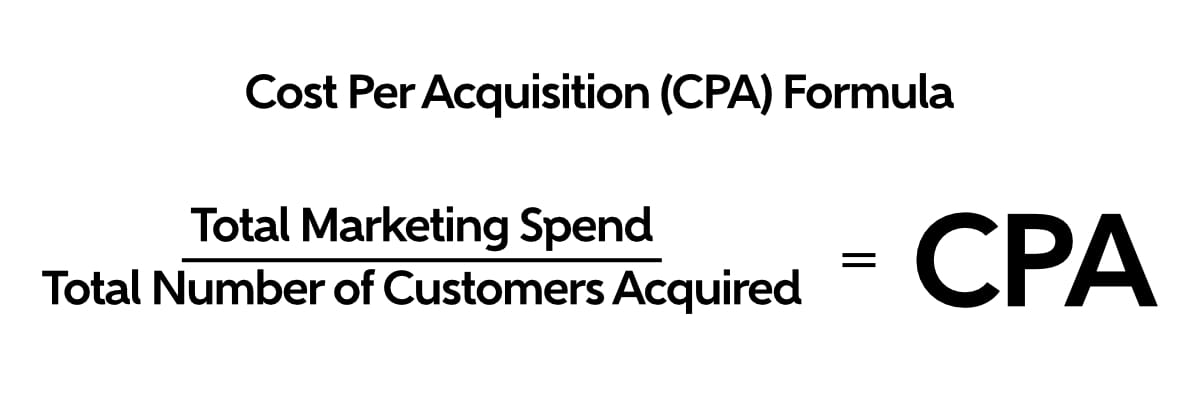
Let's look at an example. Imagine you spend £1,350 on an SEO campaign and, as a result, you get 45 new customers.
Using the CPA formula:
CPA = £1,350 / 45 customers = £30 per customer
In this example, you're spending £30 to acquire each customer, which is actually a fantastic result! (We'll talk more about average CPAs for different marketing channels in a moment.)
Once you know your CPA and CPL for each marketing channel, you can easily figure out:
- Which channels are most effective - meaning they have a low CPA but bring in high returns.
- How your CPA compares to your Customer Lifetime Value (CLTV) - this tells you if your marketing strategy is financially sound.
- If you're spending too much on a particular channel that isn't delivering.
What Causes a Low Marketing CPA and CPL?
Several factors contribute to a low CPA and CPL:
- The intent of the traffic: Are the people finding you actively looking to buy, or are they just gathering general information?
- The audience the channel attracts: Does the marketing channel connect you with people who are actually interested in what you offer?
- The cost of gaining the traffic: How much does it cost to get people to your website (e.g., buying ads, creating content)?
Putting it all together, you'll generally achieve lower costs per lead and acquisition when you attract people with high buying intent from your ideal target audience through cost-effective channels.
This is why SEO often provides such a low CPL. It's a long-term strategy that builds up over time. While there are initial costs for creating content or hiring an agency, these costs can decrease or even disappear as your content continues to rank well and bring in organic traffic.
What are the Most Affordable Marketing Channels? Cost Per Lead Estimates
Now that we've covered the basics, let's compare the average CPL of some common marketing channels.
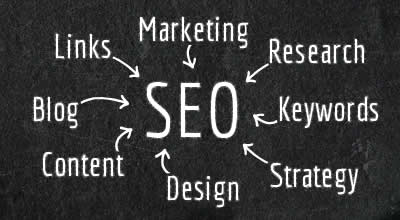
1. Search Engine Optimisation (SEO): £30 to £100 CPL
SEO typically has one of the lowest CPLs of any marketing channel, averaging between £30 and £100 per lead, though this can vary by industry. The main reason for this is that a strong SEO strategy can become largely self-sustaining over time.
The key to great SEO involves establishing:
- A large library of "evergreen" content: This is content that stays relevant over a long period.
- An authoritative and natural-looking backlink profile: This means other reputable websites link to yours, showing Google you're a trusted source.
- High rankings for important industry keywords: Appearing high up in search results for terms your potential customers are looking for.
Once these foundations are in place, it becomes much easier to:
- Maintain your existing search rankings.
- Start ranking for new keywords because you've already built trust with search engines.
- Appear in special features like AI Overviews and other search result snippets.
We like to think of SEO as the gift that keeps on giving! It's like levelling up in a game: high-quality content and authoritative backlinks are the experience points your website needs to advance on Google and other search engines.

2. Paid Search (Google Ads): £50 to £200 CPL
Next, let's look at Pay-Per-Click (PPC) ads, often seen on Google. These typically have a higher average CPL, ranging from £50 to £200. The big advantage of PPC campaigns is that they can immediately drive traffic to your website. This is particularly useful for brand-new websites that haven't yet built up their organic presence through SEO. In these cases, paid ads can help fill the gap while SEO starts to yield results.
However, we always recommend pairing PPC with SEO. If you rely solely on PPC, it can become a costly habit that's hard to break. As your content begins to rank organically thanks to your SEO efforts, you can significantly reduce or even stop your PPC campaigns, saving a lot of money.
PPC can be incredibly wasteful if your targeting isn't precise, your website experience is poor, or your landing pages aren't effective. So, it's crucial to get these elements right.

3. Paid Social Advertising (Instagram, Facebook, LinkedIn): £8 - £30 CPL
Advertising on social media platforms typically yields a pretty high CPL, but the quality of the leads can be excellent. Social media ads serve two main purposes:
- Raising brand awareness: Getting your brand in front of a wider audience.
- Retargeting prospects: Showing ads to people who have already shown interest in your business (e.g., by visiting your website).
For converting "cold" traffic (people who don't know your brand yet), SEO is often more effective. However, if you want to boost brand recognition and re-engage leads who have already interacted with you, social media ads can deliver great results.

4. Email Marketing: £10 - £40 CPL
If you have a strong email list, you can enjoy an extremely low CPL. The only catch? Email lists don't build themselves! You'll need to use other marketing channels like SEO, digital PR, and paid ads to gather email addresses from your target audience.
While it's possible to get sales from "cold" emails (reaching out to people who haven't opted in), these are rare. Our recommendation? Use email marketing to nurture the leads you acquire through other channels like SEO and digital PR!
5. Digital PR and Influencer Partnerships: Varies Wildly
Digital PR involves connecting with online journalists and media outlets to get your brand mentioned and to secure valuable links back to your website (which are great for SEO!). Another aspect is partnering with online influencers to promote your brand.
The CPL for these tactics can vary significantly, often running quite high. Getting high-quality digital PR links can be challenging and costly. The same goes for partnering with big influencers. However, there are also smaller-scale influencers (often called "nano" or "micro" influencers) who have a very engaged audience, and partnering with them can be more cost-effective.
Ultimately, digital PR is excellent for:
- Significantly boosting your brand's visibility and credibility.
- Improving your search rankings through enhanced authority.
- Securing valuable editorial links that improve SEO and drive direct traffic.
Because of these benefits, digital PR makes an excellent addition to SEO campaigns.
Cost Isn't Everything: Consider Lead Quality, Too
Before we wrap up, let's make one thing absolutely clear: finding the lowest possible CPL shouldn't be your only goal when evaluating marketing channels.
While cheap leads are fantastic, they won't do you any good if they never turn into paying customers! For example, we have a friend who refers companies to us for website design and SEO services. These referrals cost us nothing, but the companies he refers are often "red flag" clients - they take up a lot of time, want super cheap services, and are slow to pay their bills. We simply don't work with these types of clients because they would negatively impact our entire business. We also have clients who refer new business our way, and these tend to be the very best next to the ones that come to us through our SEO efforts.
So, you must also consider the quality of your leads.
Of course, if your CPL is higher than your CLTV, you're definitely overpaying for your leads. However, that doesn't mean that more expensive leads are always bad. In fact, targeting leads that are slightly more expensive but much higher in quality can actually increase your Customer Lifetime Value, meaning you shouldn't always chase the cheapest leads possible.
This point further reinforces why SEO is such a powerful marketing channel. Not only does it offer some of the most affordable leads, but these leads are also typically very high quality. SEO is a form of inbound marketing, which means it attracts people from your target audience creating content around the very things they are searching for. In other words, you're brining in traffic from the kinds of people who are genuinely interested in what you have to offer.
What's the Best Marketing Channel for You Business?
In summary, CPL is the most important metric for measuring the ROI of your marketing efforts. While low CPLs are ideal, you must also make sure the leads you generate are high-quality and likely to become paying customers.
SEO offers the best of both worlds: it has a low cost per lead and provides high-quality leads. Other channels, like email marketing and digital PR, make excellent complements to SEO.
If you're ready to get the most out of your digital marketing efforts and understand how they're truly impacting your bottom line, we're here to help. Get in touch with us today!
